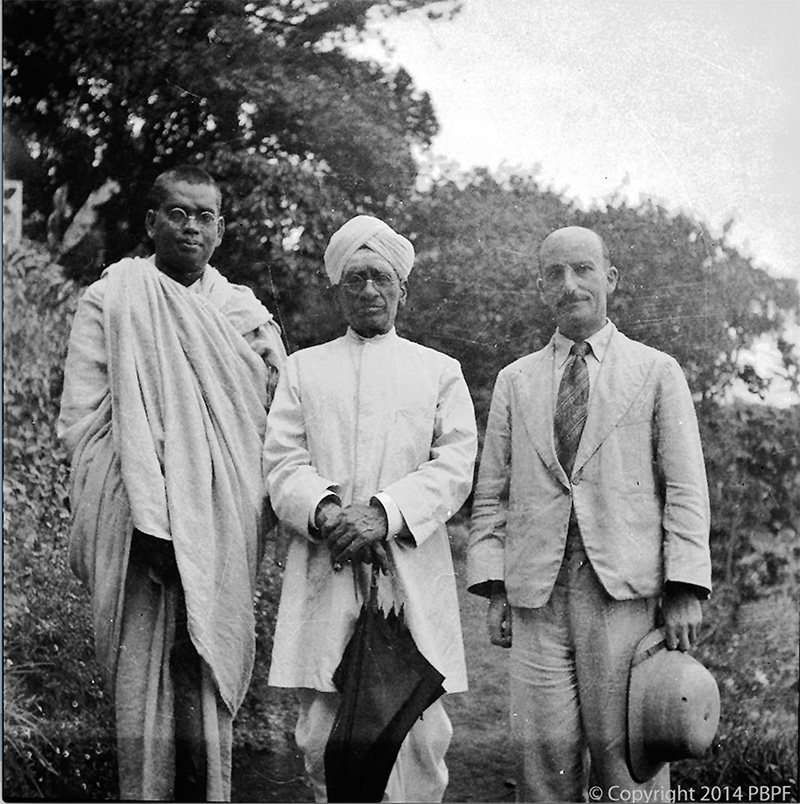Deccan Herald, Bangalore Dec 1, 2015
By Gouri Satya
Mysore (now Mysuru) under the Wadiyars, particularly after 1800, saw many scholars and intellectuals prosper, with the support and benevolence of the kings. They contributed to the richness of the then Mysore State and brought fame to the king and his kingdom. One among those scholars was V. Subrahmanya Iyer, a guru to the monks and Maharaja Krishnaraja Wadiyar IV. He was also sought after by scholars who came from abroad.
Subrahmanya Iyer was born in Salem in 1869. After initial education at Madras Christian College, he studied Mathematics and Physics at the Bangalore Central College. He then started teaching at a university in Agra. While travelling in North India, the Maharaja visited Agra, and was impressed by Subrahmanya Iyer’s scholarly wisdom. The Maharaja invited him to Mysore. However, Subrahmanya refused.
But he came down to Mysore eventually and held different teaching posts, before becoming the registrar of Mysore University in 1919. He subsequently became a disciple of Swami Satchidananda Sivabhinava Narasimha Bharati, the renowned jagadguru of Sringeri Mutt, who initiated him into Advaita philosophy. A year later, he became the personal teacher (rajaguru) of the Maharaja and held this post for the next 20 years, until the philosopher king’s death in 1940. The Maharaja even took Subrahmanya Iyer along with him on his trip to England in 1936.
Besides Subrahmanya, the then Sringeri jagadguru had also initiated Y. Subba Rao, who later became Swami Satchidanandendra Saraswati of the Sringeri Mutt, widely known for his spiritual wisdom, into Advaita philosophy. Subrahmanya Iyer, being his senior, guided Subba Rao and taught him the doctrines of Vedanta. Another notable personality Subrahmanya guided in the truth of non-duality was Paul Brunton, who had come to Mysore on the invitation of the Maharaja. [See V. S. Iyer’s Advaita Vedanta Commentaries]
Paul had read Subrahmanya’s books and wished to meet him. This eventually led to the formation of a strong guru-shishya relationship. For Paul, Subrahmanya became the master after Ramana Maharshi. Encouraged by the Maharaja, a circle of Vedantic studies was formed in Mysore in the 1930s, which gave birth to the Mysore Ramakrishna Ashram in 1932.
Subrahmanya took courses in Vedantic scriptures and taught the ashram swamis from a scientific perspective. It was here that the Paul struck up friendship with Swami Siddheswarananda, who was among the swamis who benefitted from the scholarship of Subrahmanya. Swami Siddheswarananda subsequently became the first president of Mysore Ramakrishna Ashram.
Subrahmanya Iyer, Paul and Swami Siddheswarananda embarked on a tour abroad and attended the Ninth International Congress of Philosophy, organised by the University of Paris at Sorbonne in 1937. Subrahmanya was the only delegate from India.
In 1938, the Indian Government invited Swiss psychiatrist C. J. Jung to the 25th anniversary of the University of Calcutta. On this occasion, C. J. Jung, who had come to know about Subrahmanya Iyer through Paul, met him and had in-depth discussions. S. Radhakrishnan, who later became the President of India, was for some time, also a student of Subrahmanya Iyer.
On the day of Christmas in 1949, Subrahmanya Iyer passed away, at the ripe age of 80. In a tribute to him, Swami Siddheswarananda wrote: “I still hold that Subrahmanya Iyer had only one more incarnation to take, that he was a genius for intellectual understanding of the most esoteric truths. He had been initiated into the traditional esoteric doctrine of Shankara, which is not written in the books, but only taught in private

*photo: copyright Paul Brunton Philosophic Foundation
V. Subramanya Iyer (center) with Paul Brunton on the right and Swami Siddheswarananda on the left.

